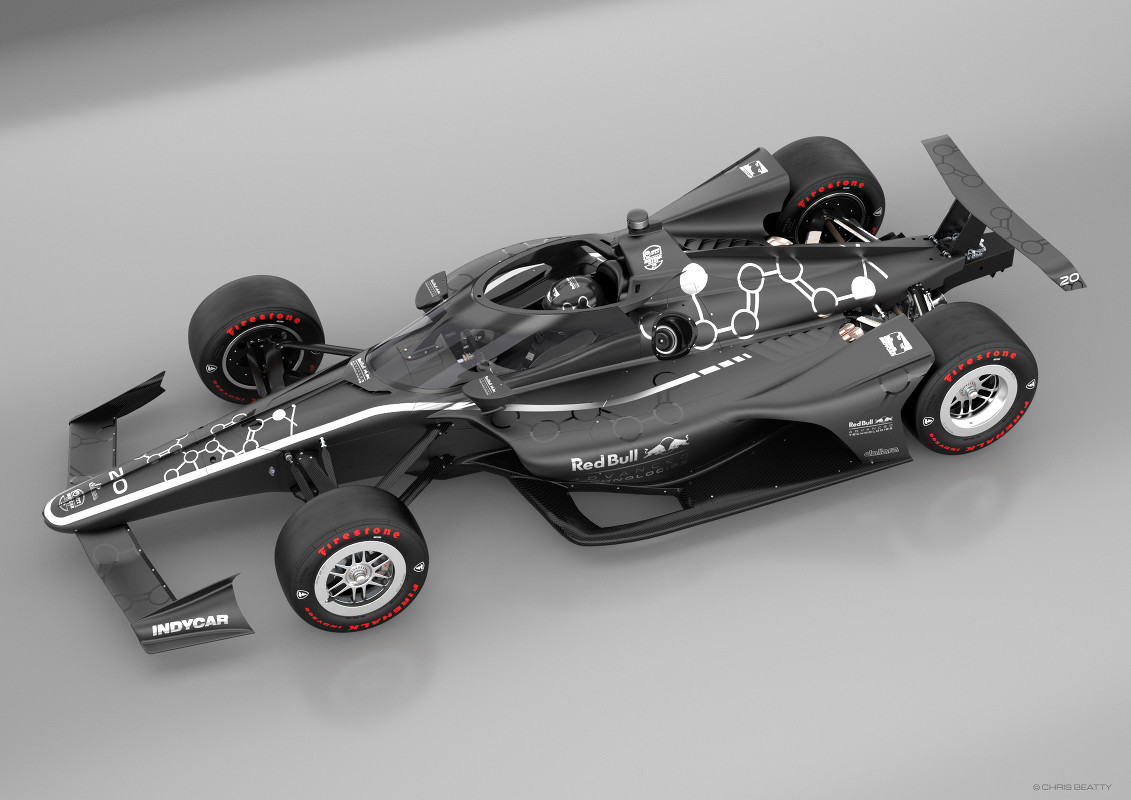Major Changes in IndyCar: A New Era Awaits
The racing world is no stranger to changes, and the IndyCar series is currently navigating a significant shift that is set to reshape its future. Recently, it was officially announced that the highly anticipated new car for the IndyCar series will not make its debut until 2028. This confirmation was provided by a spokesperson from Penske Entertainment, marking the end of ongoing speculation surrounding a potential delay of the technical package originally slated for a 2027 launch. According to reports, this decision was driven by necessity rather than desire, highlighting the complexities involved in the development of new racing technologies.
The Need for a Delay
The core of this delay centers around the finalization of technical regulations for new combustion engines and energy recovery systems. While the new chassis from Dallara is on schedule, the rules governing the engines remain unresolved. Both Chevrolet and Honda, the current engine suppliers, have stated that their development programs require a minimum of 18 months to create and test the engines before they can produce more than 50 units each. Given this timeline, the window for a safe and effective launch in 2027 was quickly closing.
This delay not only impacts the technical specifications of the cars but also introduces significant contractual challenges. The current V6 turbocharged 2.2-liter engines are only guaranteed to be supplied until the end of the 2026 season. With the new timeline pushing the introduction of the new engines back to 2028, there will be a need to extend leasing contracts with the teams for an additional year. Chevrolet has already indicated its willingness to continue its partnership into 2027 and beyond. However, Honda’s future remains uncertain, and speculation is growing regarding its potential shift to NASCAR.
Honda’s Uncertain Future
Should Honda decide to exit IndyCar, Chevrolet would find itself in a challenging position, shouldering the entire weight of the 2027 season. In such a scenario, the development of the current engines would need to be frozen after the 2026 season, allowing manufacturers to redirect their resources toward the new regulations set for 2028. This situation highlights the precarious balance of power and competition within the IndyCar series, where the participation of both manufacturers is crucial for maintaining a competitive environment.
The possibility of new manufacturers entering the series is also on the table. Names such as Nissan, Porsche, and Toyota have been mentioned in discussions, but none have officially confirmed their intent to participate. The hope within the IndyCar community is that the completion of the technical regulations, coupled with a clearer understanding of costs and marketing returns, will attract new players to the racing scene.
Strategic Implications of the Delay
From a strategic standpoint, the one-year postponement can be viewed as a double-edged sword. On one hand, it provides the necessary time for the development of the new car and the refinement of competitive elements within the series. This additional year could foster greater technical competitiveness and innovation, ultimately benefiting the series as a whole. On the other hand, the uncertainty surrounding Honda’s involvement adds a layer of complexity that could affect team dynamics and strategic planning.
The decision regarding Honda’s future in IndyCar is now critical. The outcome of this decision could significantly influence the immediate future of the entire series. As fans and teams await clarity on Honda’s position, the implications of these changes extend beyond just the technical aspects of racing; they touch on the very fabric of competition and collaboration within the sport.
The Road Ahead for IndyCar
As the IndyCar series looks ahead, it must navigate these changes with a keen focus on fostering a competitive environment that appeals to both manufacturers and fans. The postponement of the new car’s debut to 2028 raises questions about how to maintain interest and excitement in the interim years. Teams need to strategize effectively to ensure they remain competitive while managing the uncertainties surrounding engine development and partnerships.
Moreover, the series must engage with its fan base, providing insights and updates about the ongoing developments. This transparency will be essential in maintaining enthusiasm for the sport during this transitional period. As the racing landscape continues to evolve, IndyCar’s ability to adapt and innovate will be crucial in securing its position as a premier racing series.
Conclusion
In summary, the IndyCar series is at a pivotal moment as it prepares for a new era of racing. With the delay of the new car until 2028, the series faces significant challenges and opportunities. The uncertainty surrounding the participation of key manufacturers like Honda highlights the importance of collaboration and innovation in maintaining a competitive edge. As the series moves forward, it must remain focused on attracting new participants, refining technical regulations, and engaging with its fan base to ensure a bright future for IndyCar racing.
